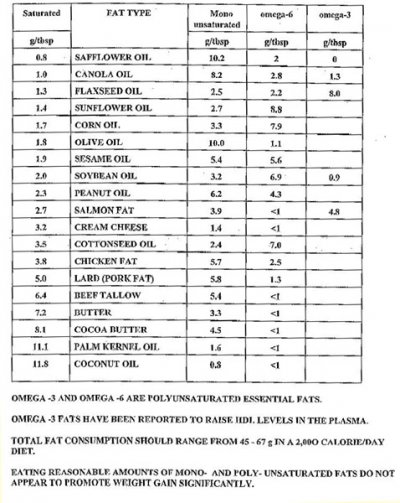C.Whalen
Assistant Cook
I just don't understand the difference between these three items.
Are they interchangeable based on preference, or do they each have very distinctive uses.
I am frying chicken tonight and I don't know if I have to use oil in my pan or if I have to use lard.
One other thing I would like to know is if a recipe call for oil and I melt down the required amount of shortening, is that the same thing? If not, why would it make a difference, what would the outcome be?
I am grateful for any and all replies.
Are they interchangeable based on preference, or do they each have very distinctive uses.
I am frying chicken tonight and I don't know if I have to use oil in my pan or if I have to use lard.
One other thing I would like to know is if a recipe call for oil and I melt down the required amount of shortening, is that the same thing? If not, why would it make a difference, what would the outcome be?
I am grateful for any and all replies.

 piece per person. No wonder the nutritional information isn't so bad. Funny thing is, and my husband was guilty of this, no one really pays much attention to the "servings per container" part of the info. If you realize just how small the servings are supposed to be you'd be amazed.
piece per person. No wonder the nutritional information isn't so bad. Funny thing is, and my husband was guilty of this, no one really pays much attention to the "servings per container" part of the info. If you realize just how small the servings are supposed to be you'd be amazed. 